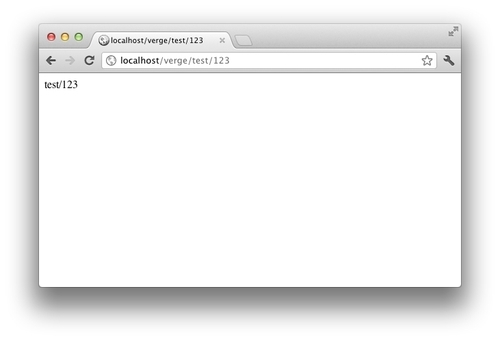Overview of this book
CouchDB is a NoSQL database which is making waves in the development world. It's the tool of choice for many PHP developers so they need to understand the robust features of CouchDB and the tools that are available to them.CouchDB and PHP Web Development Beginner's Guide will teach you the basics and fundamentals of using CouchDB within a project. You will learn how to build an application from beginning to end, learning the difference between the "quick way"ù to do things, and the "right way"ù by looking through a variety of code examples and real world scenarios. You will start with a walkthrough of setting up a sound development environment and then learn to create a variety of documents manually and programmatically. You will also learn how to manage their source control with Git and keep track of their progress. With each new concept, such as adding users and posts to your application, the author will take you through code step-by-step and explain how to use CouchDB's robust features. Finally, you will learn how to easily deploy your application and how to use simple replication to scale your application.



 Free Chapter
Free Chapter

